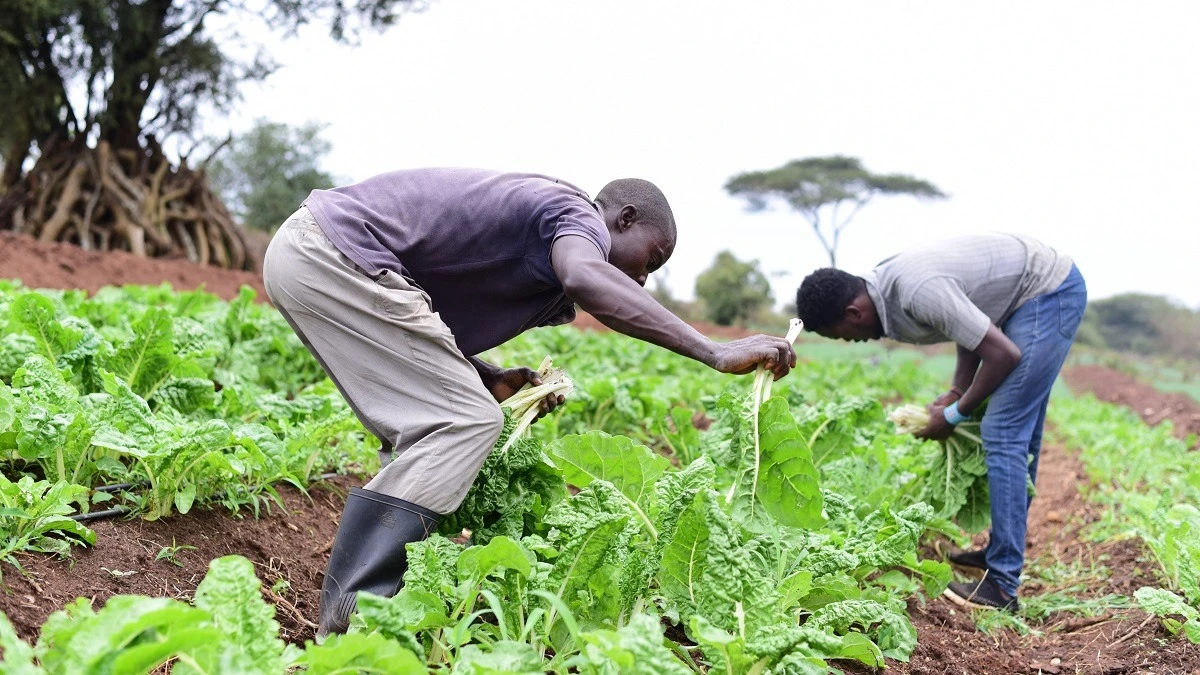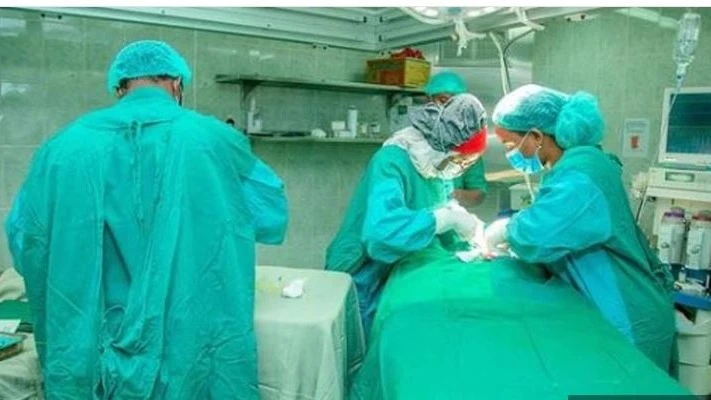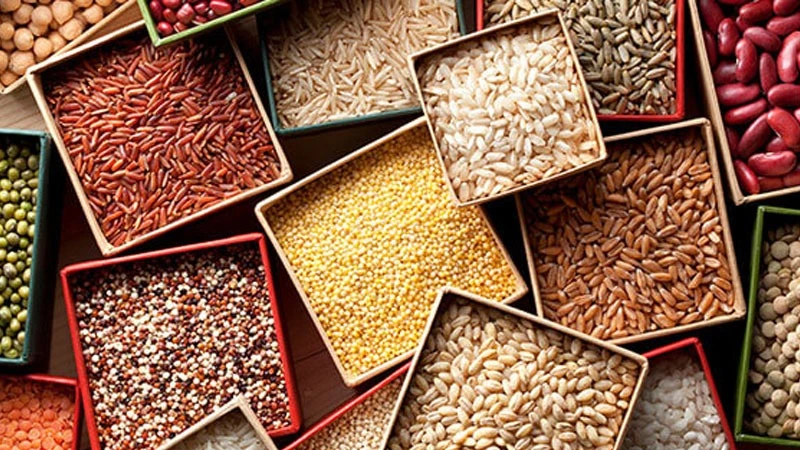Food processors doing well on quality control but market lags

MORE and more small-scale producers have been undergoing training on food processing, but many analysts fear they will have no answer on the paucity of market uptake.
Lately, 51 small and medium-scale food processors from various areas have been put to a brush-up on essential quality control skills and marketing strategies.
A look at one report on that event shows that the two aspects of their training stint are combined into one, basically focusing on improved quality.
It is this discrepancy that leads to reservations in the vast empowerment industry, whether it is neutral – as in this case, meant for small-scale producers generally – or when a gender dimension is added.
In the latter case, it can be said there are even greater challenges and concerns, for gender and inclusion strategies work best with optimal market outlets, where producing quality goods in any circumstance leads to benefits. When the market is constrained only the sharks win.
The scene with small-scale food producers is reminiscent of what commonly happens both to foods and more durable goods in the competition between markets, shop frames and supermarkets, in relation to pricing and being able to make a living on the basis of the prices a seller has to stick to.
The pricing is determined by the market uptake of the products, unavoidably pushing out less efficient producers. Thus family-based small firms lose out, as they need a living wage from produce.
It is helpful that there is an ‘Alliance for Inclusive and Nutritious Food Processing (AINFP)’ as a six-year programme (2018-2024) managed by an international agency boasting links with the United States Agency for International Development (USAID), among others.
As in various other spheres, there is a rising amount of service offers while demand is low or stagnating. Urban wealth is rising, but not in tandem with the number of those entering business.
The major difficulty is that it is by and large savings that are being put into business in one way or another, while land being converted into backup asset for capital is still marginal.
Investors from abroad seek land merely to put up a factory and not to use it as a base to obtain credit, by its attachment as collateral.
Banks fear not because their titles are questionable but since they aren’t in the least as secure as houses, where the danger of seeing the government annulling ownership title are negligible, unlike farmland.
Only by elevating land titles to personal ownership rather than mere occupancy documents can money flow into the land.
When this happens there will be a lot more demand for goods and services and, as the population will remain the same, it is the unemployed of today who will have to produce more goods for a rising market.
But Africa is hardly learning such lessons as it fears all sorts of foreigners and even local rich people, so it is making frantic efforts to manage poor growth and gross poverty in a democratic manner.
That provides a lot of room for blame politics, not solutions, since the only acceptable solutions are those found within a situation where, taking the example of democratic and partially chaotic Senegal, 97 per cent of the land is registered as state-owned and a lowly three per cent shifted by the former colonial power to private ownership.
You may wish to try altering the percentages for other countries but the foundation is sure to remain the same; 97 per cent state land ownership equals poverty.
Top Headlines
© 2024 IPPMEDIA.COM. ALL RIGHTS RESERVED

















